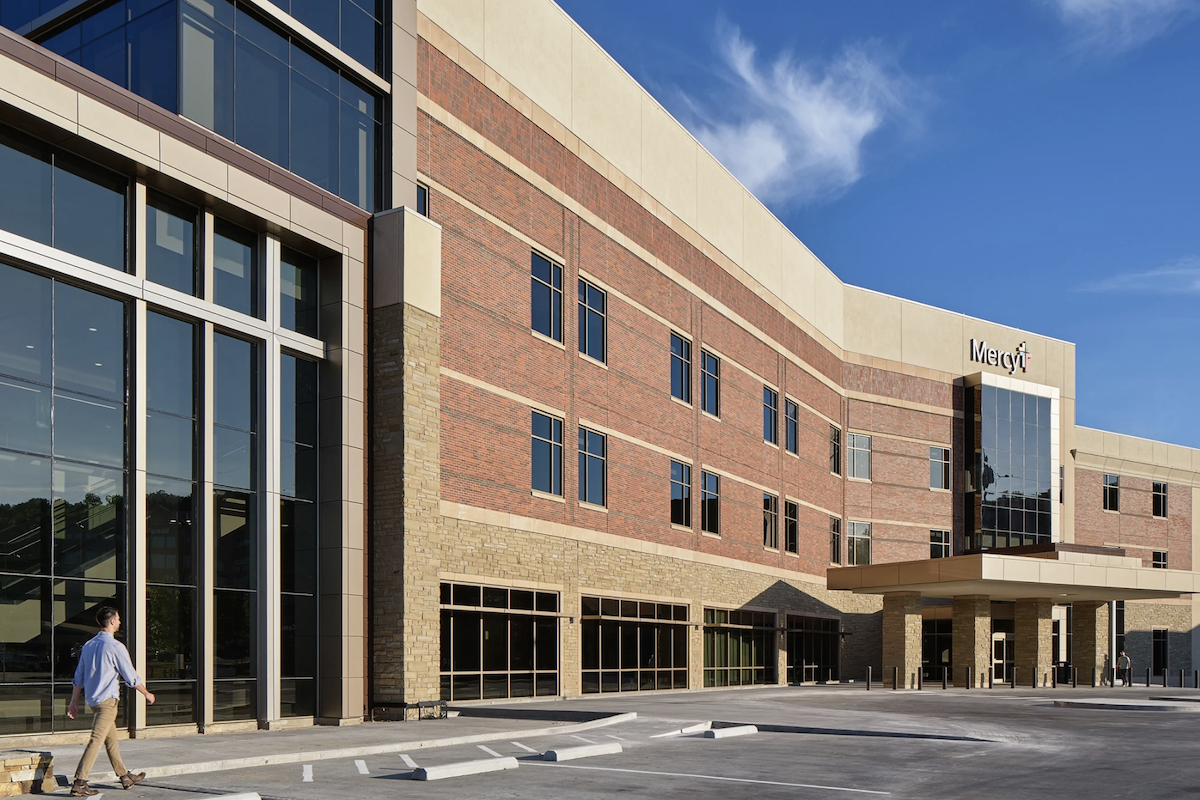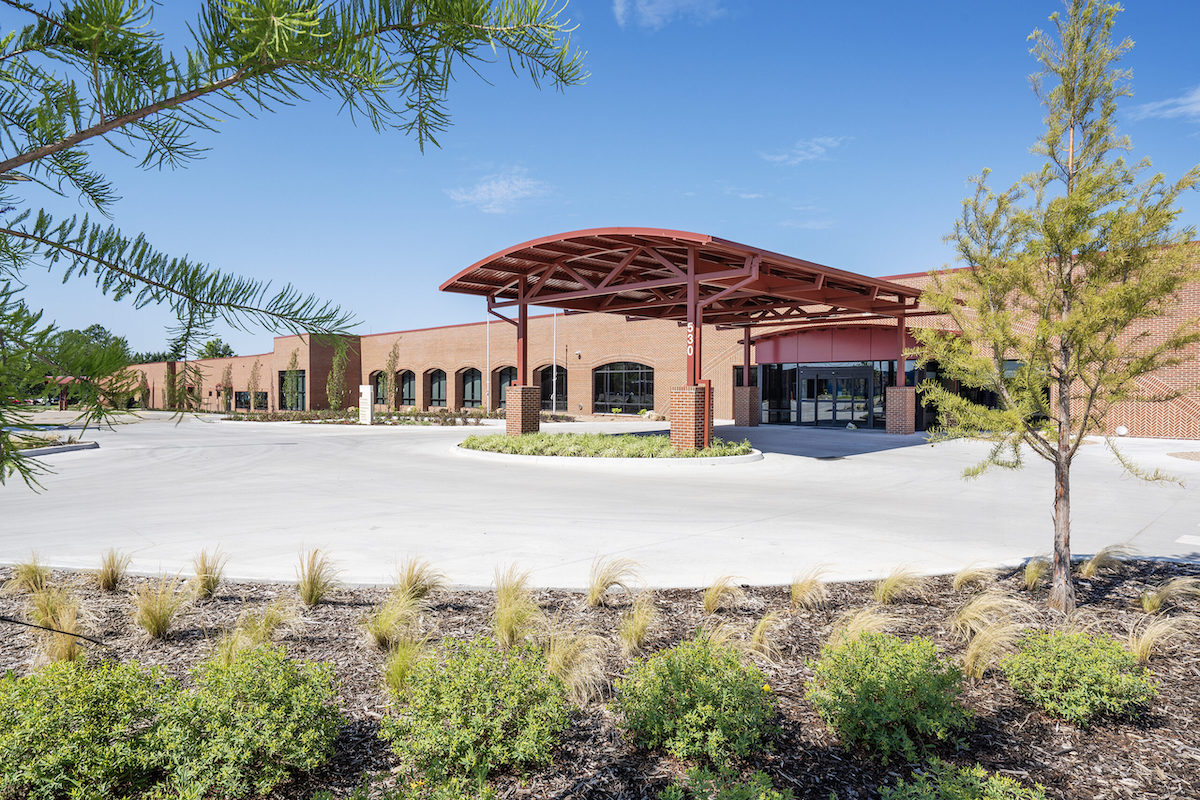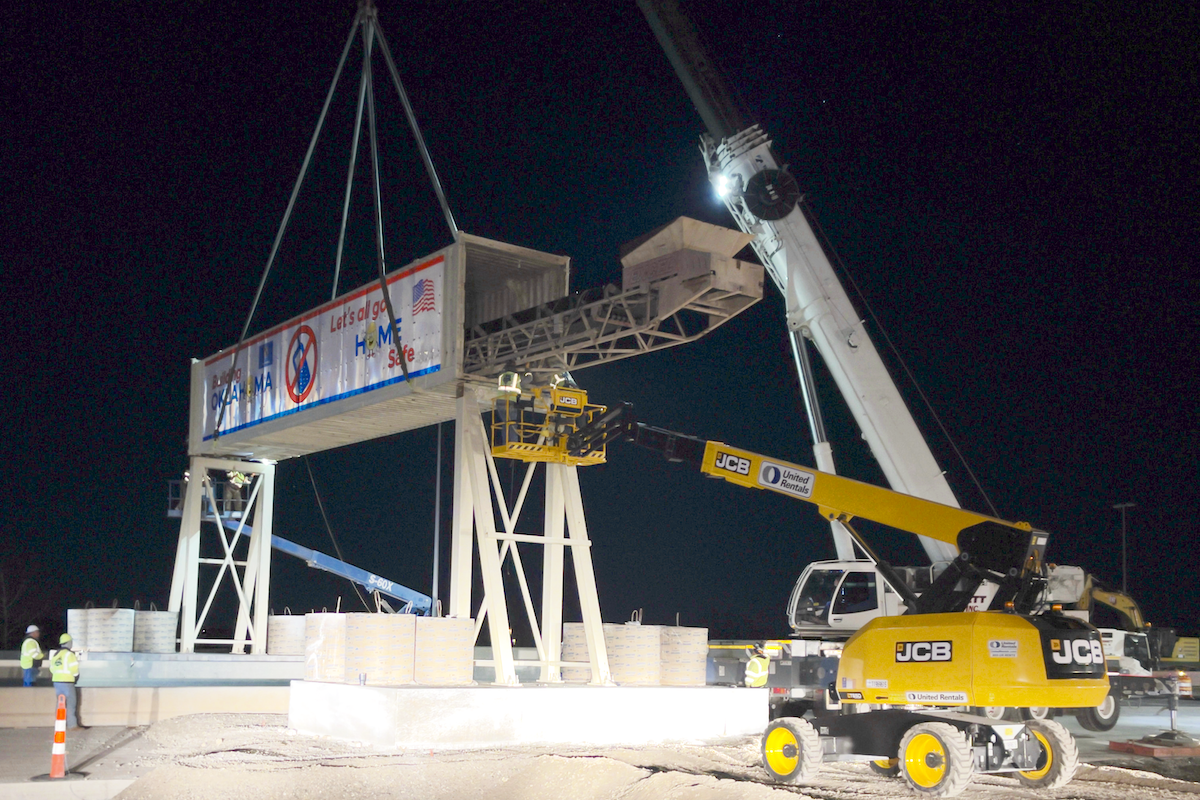There are two primary ways in which safety affects the bottom line. The obvious way is the cost of complying with safety rules and providing the tools and training needed to ensure a safe workplace. The second way, less apparent but with a far more significant important, involves the negative costs and expenses companies avoid by maintaining an effective safety program.
Research confirms that companies with comprehensive safety and health programs see improvements in employee morale, leading to increases in productivity, competitiveness, and profits. Wise companies approach losses from accidents as they evaluate any other type of loss: a preventable business risk. Implementing steps to prevent such losses isn’t overhead. It’s an investment in the company’s own health.
Paying attention to the return on investment (ROI) of safety makes even more sense than looking at the return on your other investments. Workplace injuries, illnesses, and fatalities cost more than $170 billion per year annually. More than 1 million injuries and 2.3 million cases of ill health are experienced by workers each year, leading to a loss of about 40 million workdays.
It may be a tough concept to grasp until you consider what a lost-time accident creates in indirect costs. There’s replacement labor while your worker recovers. Your supervisory staff took time away from their regular tasks to address the situation, and there were probably additional costs to investigate and document the incident. Additional production downtime occurred as other employees stopped working to help, watch, or simply talk about the incident. Equipment may have been damaged – or the injured employee may have been the only one with knowledge about a particular procedure or process. You may face OSHA fines and legal costs. A major injury may cause you to lose business from a customer with very strict safety standards – or put your company and its reputation on the 10 p.m. news.

| Your local Trimble dealer |
|---|
| WPI |
Then there are the costs of making up lost work. The standard computation involves determining the cost of the incident and its related claims by your normal profit percentage. Multiply that number by 100, and you’ll see how much more you need to sell just to make up what you lost in the incident. If an incident cost you $230,000, and your company earns a normal operating profit of 13.47 percent, you’d need an additional $1.7 million in sales to compensate for the incident.
Incident claims will also affect what you pay in workers’ comp premiums, because your EMR (experience modification ratio) will increase. Rack up enough claims, and your carrier may even refuse to cover you.
To determine how much you’ll need to budget, consider three readily available sources. The first involves paying attention to trends in your company’s safety incidents and your observations of employee activities regarding safety. The second involves reaching out to employees, and the third focuses on compliance data collected by the government.
Watching trends in your company’s safety culture can provide valuable insight. We worked on a large construction project that encouraged tradesmen to use eye protection only when performing certain tasks. After noticing a high frequency of eye-related incidents over several months, we implemented a 100 percent safety glasses policy and saw a major drop in eye injuries.
Employees can also be an excellent source of safety-related information, because they deal with issues daily and have the best understanding of the problems. Ask them four simple questions:
- Have you had any safety-related incidents in the past year (if yes, explain)?
- Do you have any safety-related concerns about your job and/or work area (if yes, explain)?
- Do you have any ideas or recommendations for improving safety in your work area, and if yes, what would you improve and how?
- Do you have all of the necessary Personal Protective Equipment to protect yourself while working (if no, explain)?
Acting on the feedback you receive can result in a tremendous morale and confidence boost for your safety program.

| Your local Trimble Construction Division dealer |
|---|
| SITECH Tri-Rivers |
Finally, review OSHA’s current data for the top 10 most-cited safety issues. The categories will tell you where OSHA inspectors are focusing their efforts, so you can examine these areas first and determine what you need to change to ensure compliance.


































































